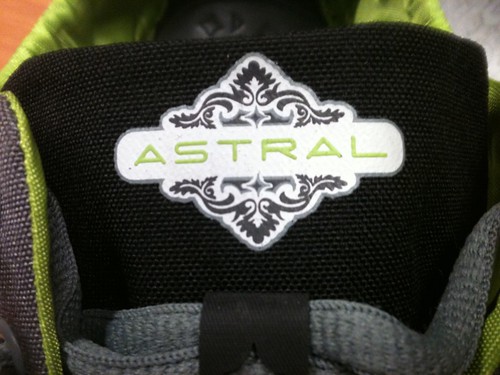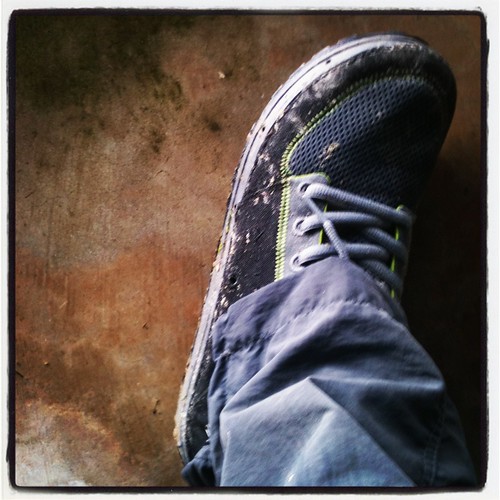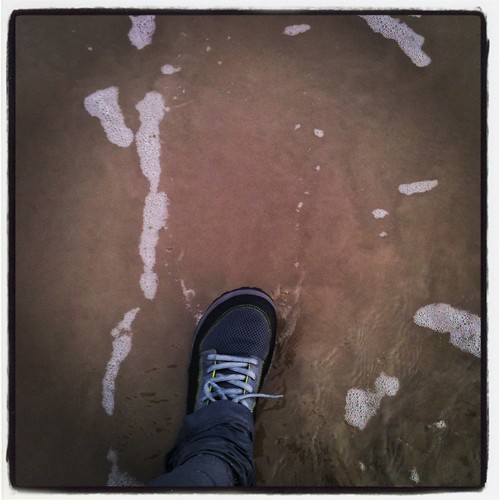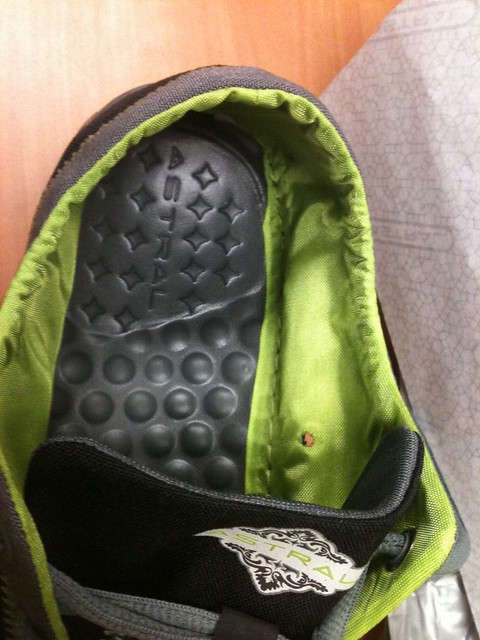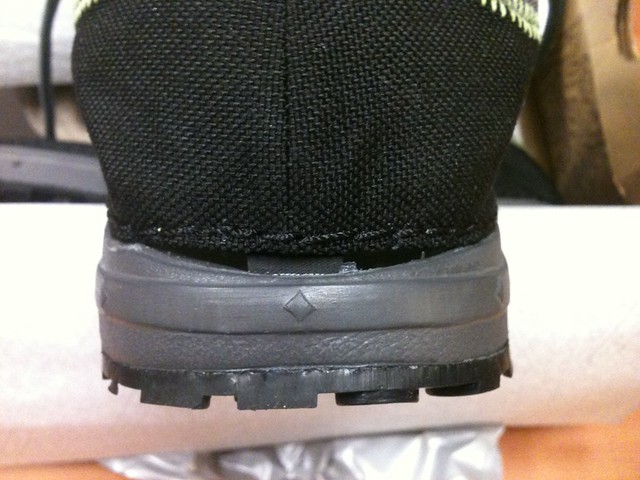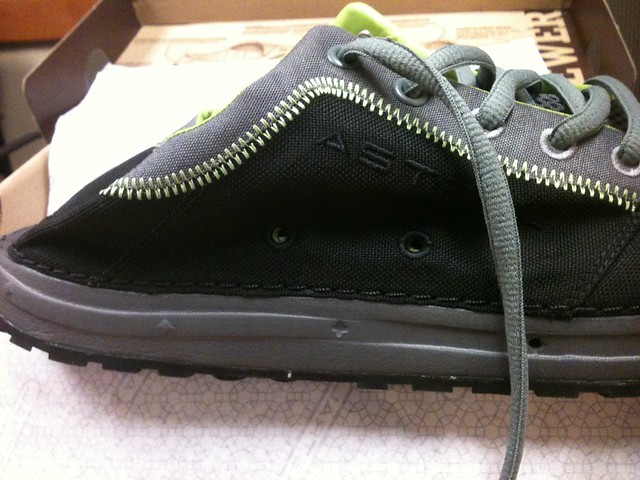Kayaks come in all shapes and sizes. So do their seats. Some have tall lawn chair style seats while others have a molded butt scoop. It really depends on the type pf kayak you have AND what you plan on doing with it.
There are four types of seats that you can find in your typical kayak. Of these only two are really seats to speak of but I'll let you decide.
The Backrest-
This "seat" is actually no seat at all. It is made to give back support and usually connects to some pad eyes to rest your back on. These are fairly in expensive and pair well if you are going to sit in that molded butt scoop that a sit on top kayak has for you. It's almost as if they were saying, "Hey, Dummy! Sit here." The backrest serves it's purpose and can get you on the water for a longer amount of time as it can reduce fatigue in the back. These run anywhere from $25-$89 and fit almost every kayak. A sub category in the backrest section are those backrests for hard molded seats like the Wilderness kayaks. These serve a different purpose but because they are a smaller subset, I am going to move on. Here is a good selection from Austin Canoe and Kayak.
The Bottom Pad-
If you are going to be in heavy chop, rapids, beyond the breakers at the coast or paddling like you're on a bucking bronco rather than a sleek boat, this might be a good choice. Filled with varying materials, this seat will give your posterior added cushioning to avoid bruising and saddle sores. Another added benefit is that it elevates you slightly off the deck so if you don't have scupper holes in the seat well you reduce the occurrence of a wet backside. These come in varying thickness and can be very helpful as well as easy to store. Prices start at $12 and go up but chances are you can find a good one for less than $40. Make sure you check out the varying thickness, method of attachment and get good measurements. You want to make sure it will fit.
Wanna check these out? Go here.
The Lawn Chair-
 This is a newer style of seat and it only works with certain kayaks like Diablo, Jackson and a few others. The kayaks sometimes come with one of these if it is made for it but in case you need a new one, bought a used model without it or need to add as an upgrade (as in the Diablo models), these are available. The lawn chair style chair (more than a seat) has great back support, comfy bottom support and allows for a higher vantage point when fishing. If you really want to check one of these out look here. If you want to learn more about Diablo kayaks then you should check them out here.
This is a newer style of seat and it only works with certain kayaks like Diablo, Jackson and a few others. The kayaks sometimes come with one of these if it is made for it but in case you need a new one, bought a used model without it or need to add as an upgrade (as in the Diablo models), these are available. The lawn chair style chair (more than a seat) has great back support, comfy bottom support and allows for a higher vantage point when fishing. If you really want to check one of these out look here. If you want to learn more about Diablo kayaks then you should check them out here.
Jackson kayaks can be found here.
The Full Seat-
The combination of a back rest and bottom pad all in one nice, neat package makes up a full seat. They come in regular and high back styles and vary as much as your imagination can dream. Some of these seats have rod holders attached. Some have tackle boxes. The things to look for here are dimensions of the bottom pad (to make sure it will fit) and four attach points. Some seats only have two attach points and will side back and forth which causes less support. Bottoms of these seats vary in thickness and padding as well. One of the seats I paddle with is a Skwoosh Voyager seat. it has added gel padding in the bottom pad and is a high backed seat with some storage on the back. This seat has four attach points and does well in most applications.
The other seat I have is a Surf to Summit seat for angry water situations. It has a foam reinforced bottom pad that is two inches thick and is high backed
as well. Full seats are by far the most versatile of the group but that comes at
a price. Full seats range from $20 up to over $200.
Regardless of what you choose, always remember to try before you buy!
There are four types of seats that you can find in your typical kayak. Of these only two are really seats to speak of but I'll let you decide.
| Backrest |
This "seat" is actually no seat at all. It is made to give back support and usually connects to some pad eyes to rest your back on. These are fairly in expensive and pair well if you are going to sit in that molded butt scoop that a sit on top kayak has for you. It's almost as if they were saying, "Hey, Dummy! Sit here." The backrest serves it's purpose and can get you on the water for a longer amount of time as it can reduce fatigue in the back. These run anywhere from $25-$89 and fit almost every kayak. A sub category in the backrest section are those backrests for hard molded seats like the Wilderness kayaks. These serve a different purpose but because they are a smaller subset, I am going to move on. Here is a good selection from Austin Canoe and Kayak.
| Bottom Pad |
If you are going to be in heavy chop, rapids, beyond the breakers at the coast or paddling like you're on a bucking bronco rather than a sleek boat, this might be a good choice. Filled with varying materials, this seat will give your posterior added cushioning to avoid bruising and saddle sores. Another added benefit is that it elevates you slightly off the deck so if you don't have scupper holes in the seat well you reduce the occurrence of a wet backside. These come in varying thickness and can be very helpful as well as easy to store. Prices start at $12 and go up but chances are you can find a good one for less than $40. Make sure you check out the varying thickness, method of attachment and get good measurements. You want to make sure it will fit.
Wanna check these out? Go here.
The Lawn Chair-
 This is a newer style of seat and it only works with certain kayaks like Diablo, Jackson and a few others. The kayaks sometimes come with one of these if it is made for it but in case you need a new one, bought a used model without it or need to add as an upgrade (as in the Diablo models), these are available. The lawn chair style chair (more than a seat) has great back support, comfy bottom support and allows for a higher vantage point when fishing. If you really want to check one of these out look here. If you want to learn more about Diablo kayaks then you should check them out here.
This is a newer style of seat and it only works with certain kayaks like Diablo, Jackson and a few others. The kayaks sometimes come with one of these if it is made for it but in case you need a new one, bought a used model without it or need to add as an upgrade (as in the Diablo models), these are available. The lawn chair style chair (more than a seat) has great back support, comfy bottom support and allows for a higher vantage point when fishing. If you really want to check one of these out look here. If you want to learn more about Diablo kayaks then you should check them out here.Jackson kayaks can be found here.
The Full Seat-
| Skwoosh Voyager |
The other seat I have is a Surf to Summit seat for angry water situations. It has a foam reinforced bottom pad that is two inches thick and is high backed
as well. Full seats are by far the most versatile of the group but that comes at
a price. Full seats range from $20 up to over $200.
Regardless of what you choose, always remember to try before you buy!


